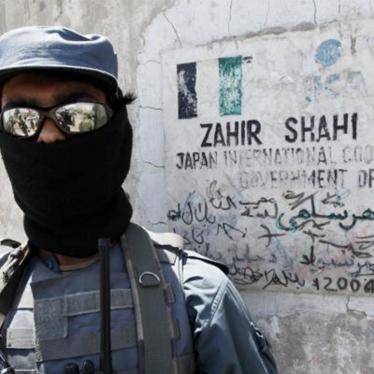If you had any doubt the war in Afghanistan is getting worse for civilians, statistics out today show that in the first quarter of 2017, children were increasingly bearing the brunt of the bloody conflict.
While there was a modest 2 percent decrease in overall civilian deaths, child deaths increased by 17 percent over the same period in 2016. Children make up one-third of all casualties.
Most of these children died in one of three ways: unexploded ordnance left by any of the fighting forces caused 203 civilian casualties, 81 percent of them children. Improvised explosive devices (IEDs), including pressure-plate devices the Taliban plant in roads civilian vehicles use, killed and injured 218 civilians – a 12 percent increase. Such devices are illegal under international law because of their indiscriminate nature. On February 16, 12 civilians, including eight children returning home from school, died when their vehicle detonated a pressure-plate IED on a main public road in Paktika province.
Aerial operations also continue to kill and injure children disproportionately, as airstrikes and helicopter attacks by United States and Afghan forces have increased dramatically in recent months. The United Nations Assistance Mission in Afghanistan (UNAMA) documented 148 civilian casualties from air operations, compared to 29 in the same period in 2016. On March 3, an Afghan Air Force helicopter strike killed seven children and injured 24 other civilians in Farah province during an operation targeting the Taliban.
Civilians continue to bear the brunt of Afghanistan’s widening conflict in many other ways. The Taliban and groups affiliated with the Islamic State (also known as ISIS) caused 62 percent of civilian casualties in the first quarter of 2017, many from suicide and complex attacks in urban areas. On February 11, the Taliban carried out a suicide attack targeting Afghan National Army soldiers outside the Kabul Bank branch in Lashkar Gah, the capital of Helmand province. The attack killed at least seven civilians and injured at least seven, many of whom were children working as street vendors.
At this week’s session of the UN Committee against Torture, Afghanistan’s Attorney General Farid Hamidi promised that his government’s long-awaited National Policy on Civilian Casualty Prevention and Mitigation would be rolled out soon. Today’s shocking UNAMA figures highlight the dangers of any further delay.










